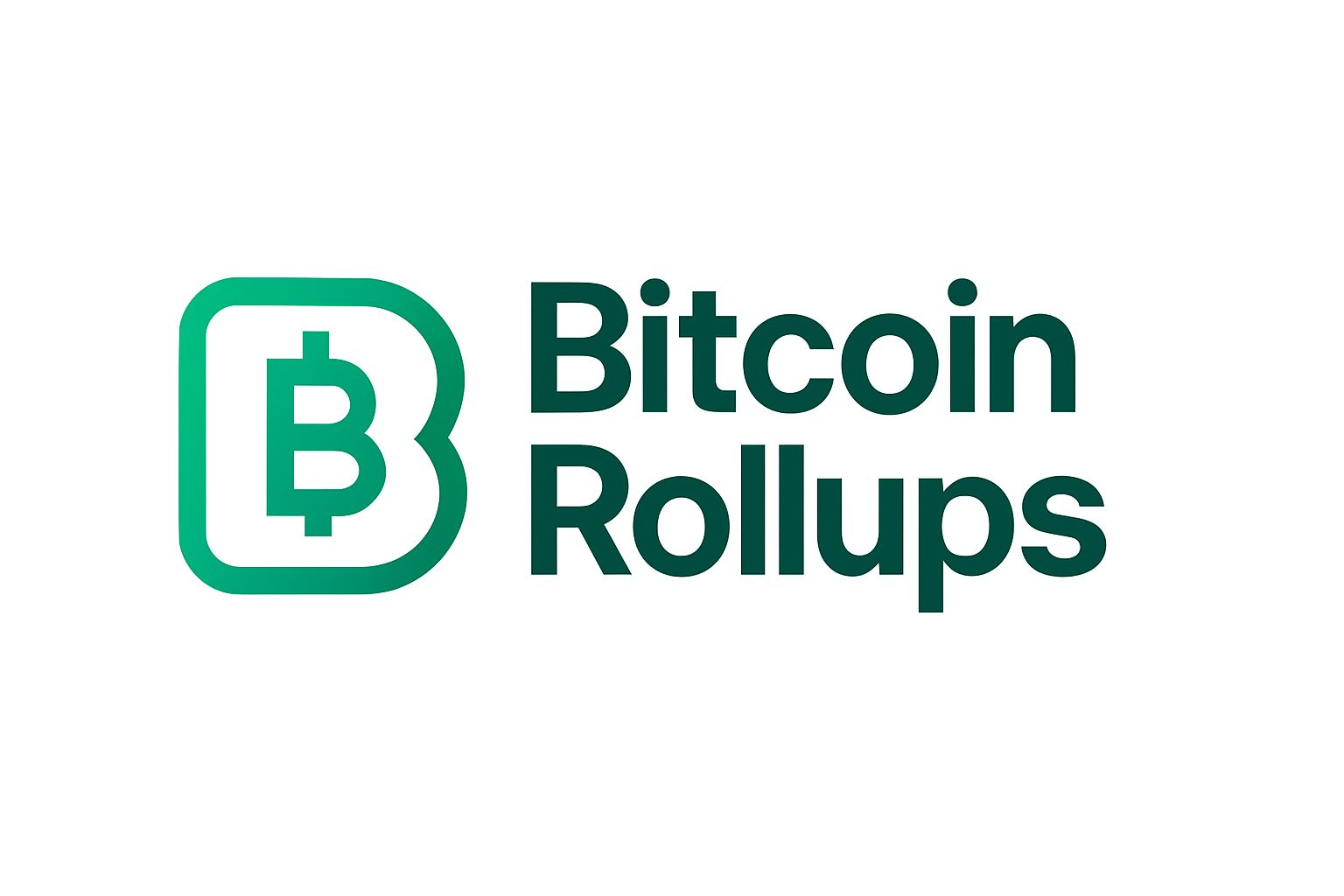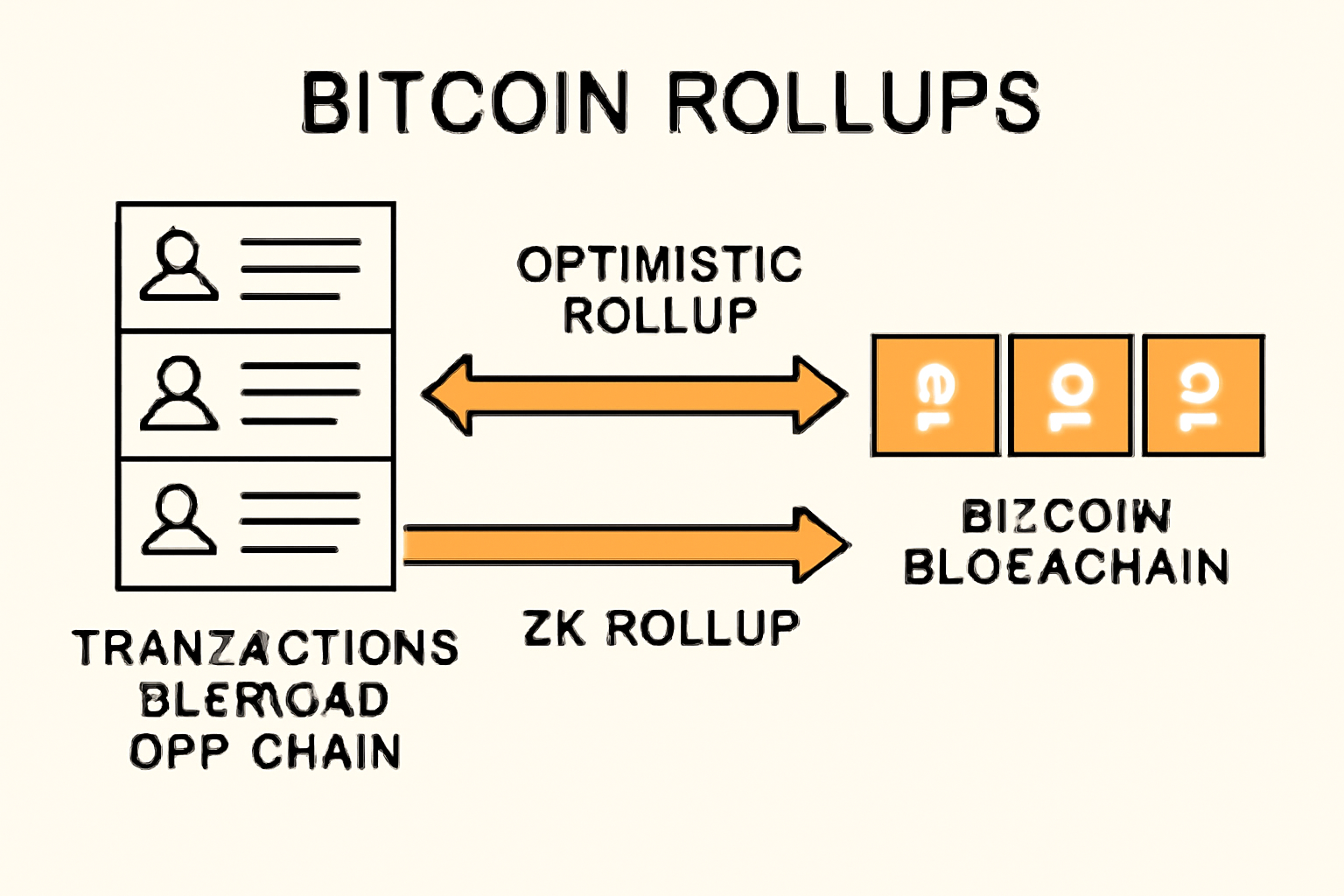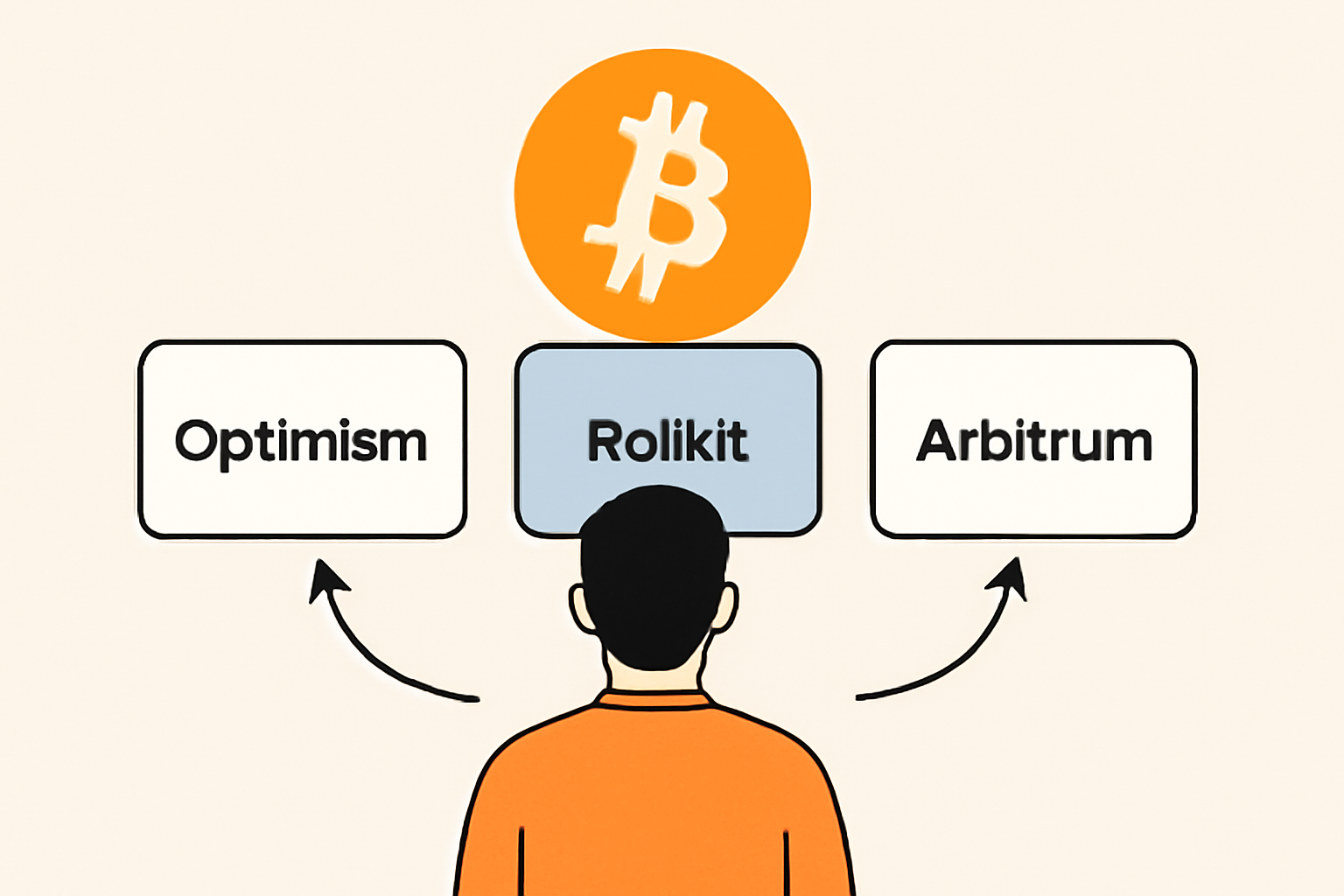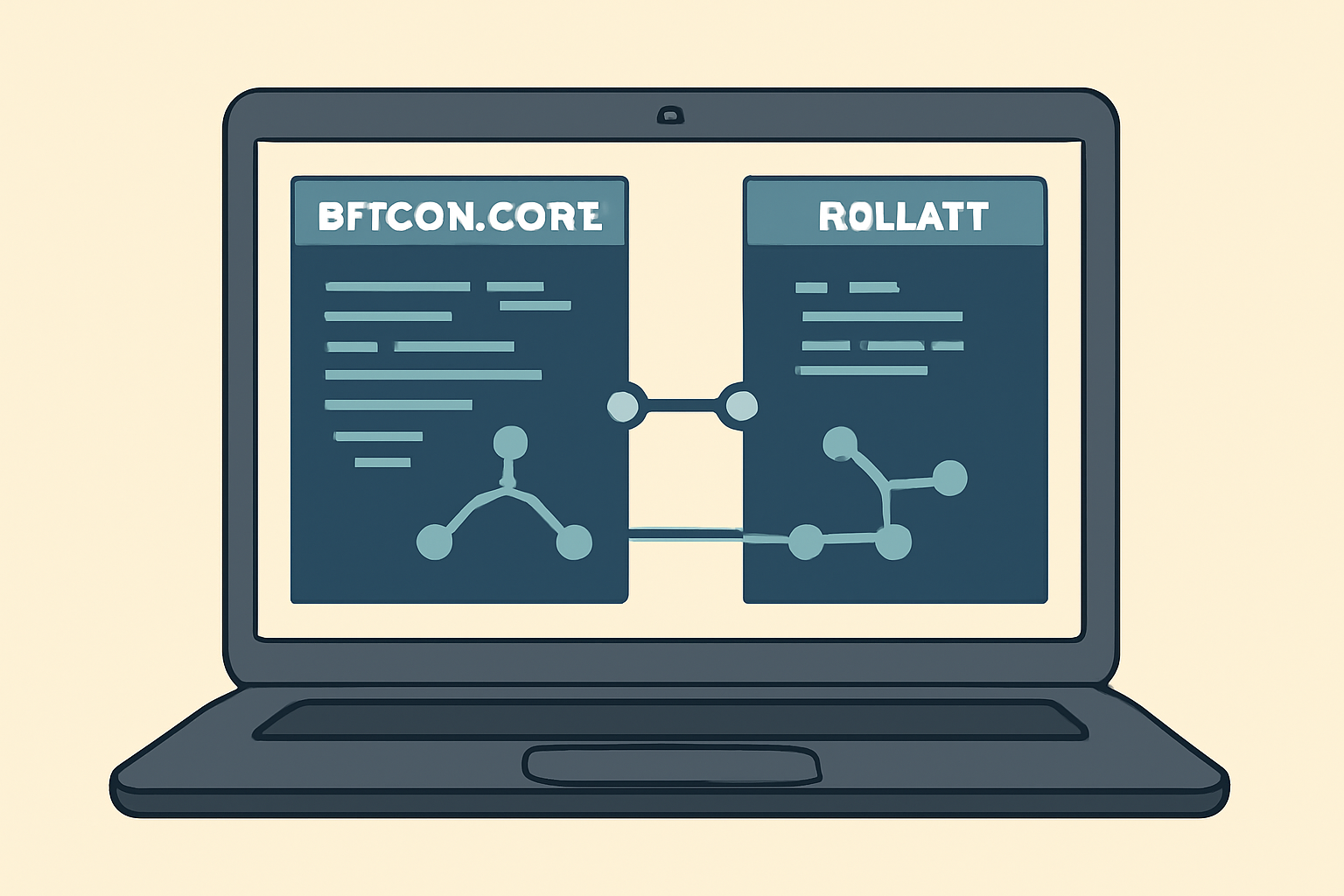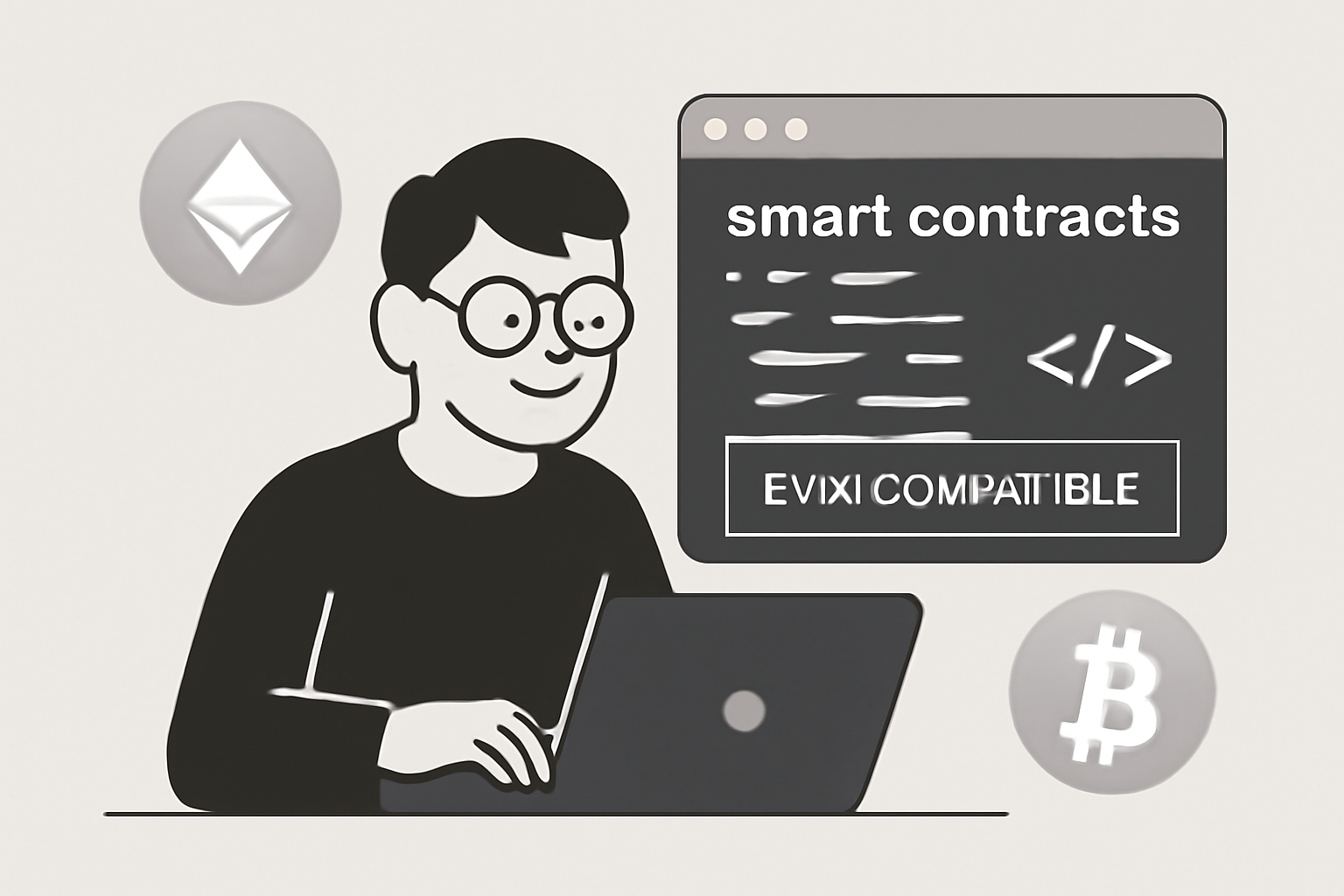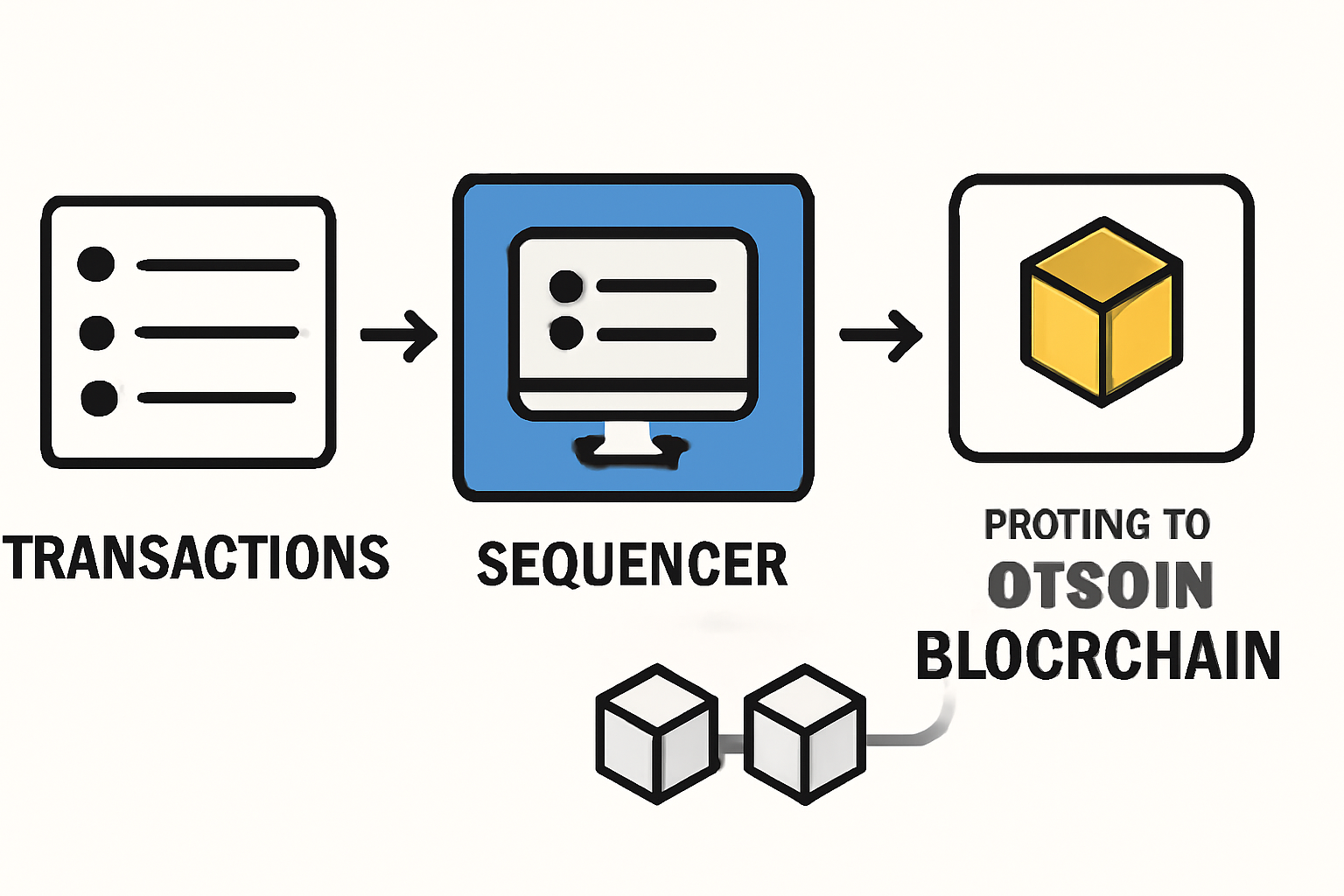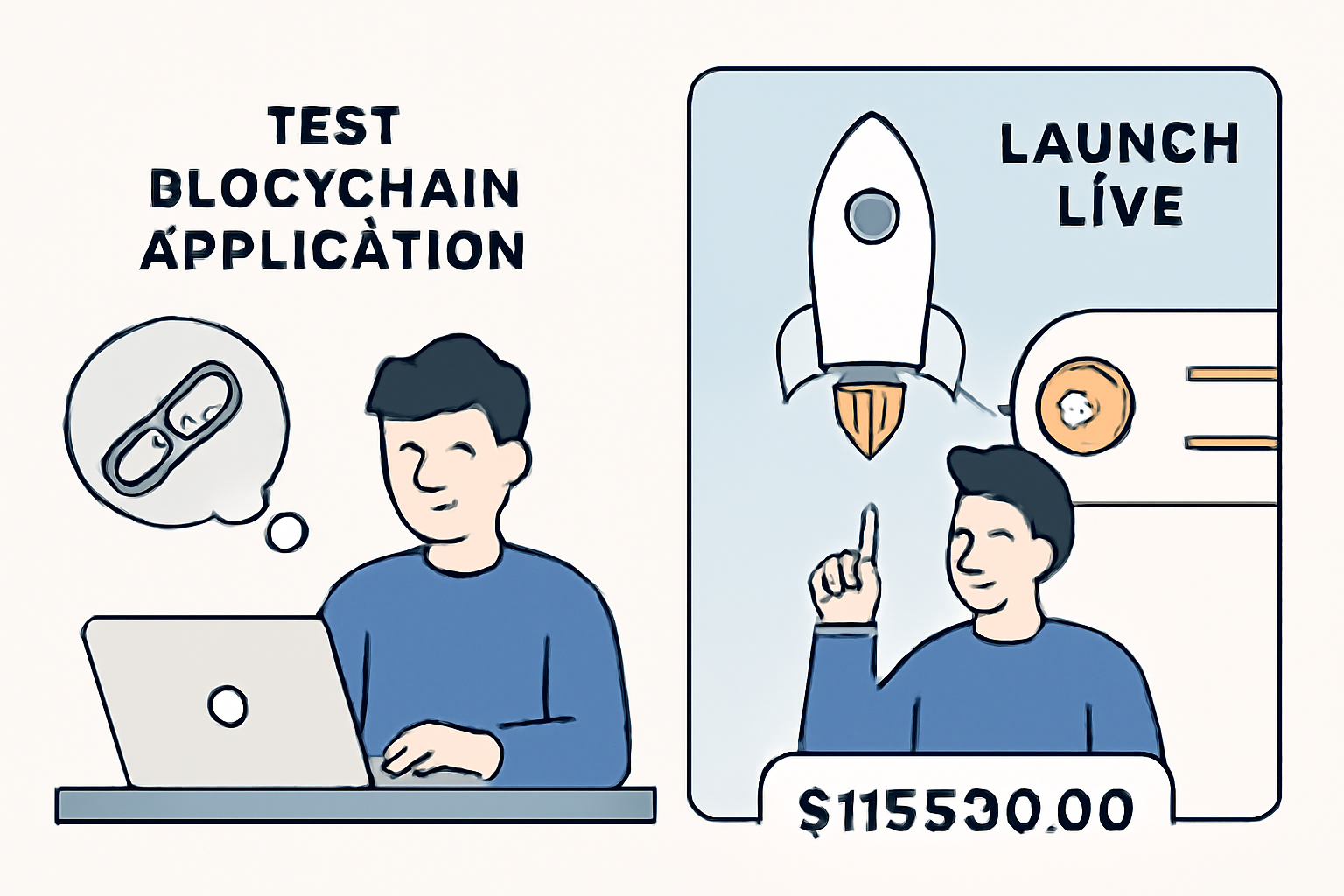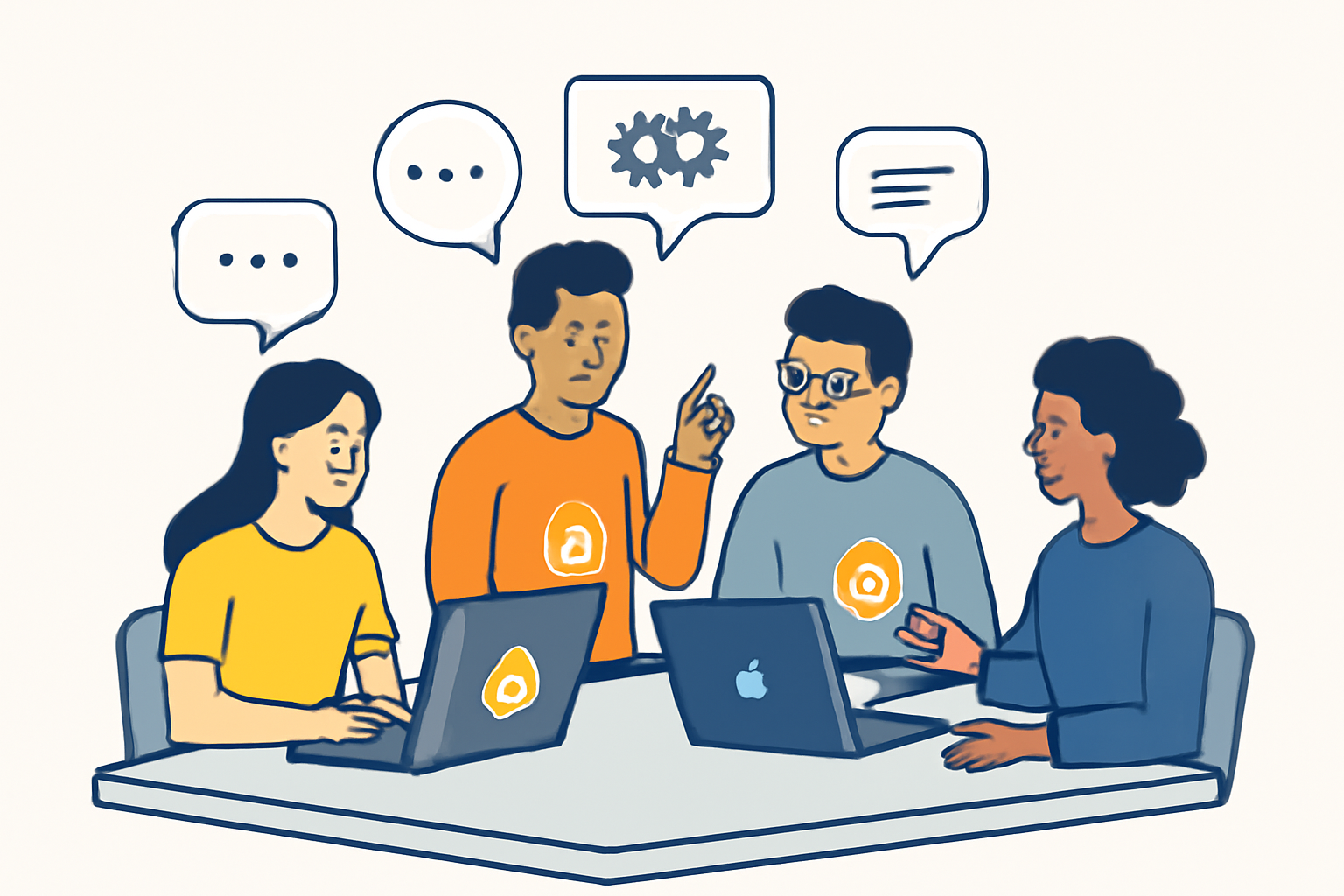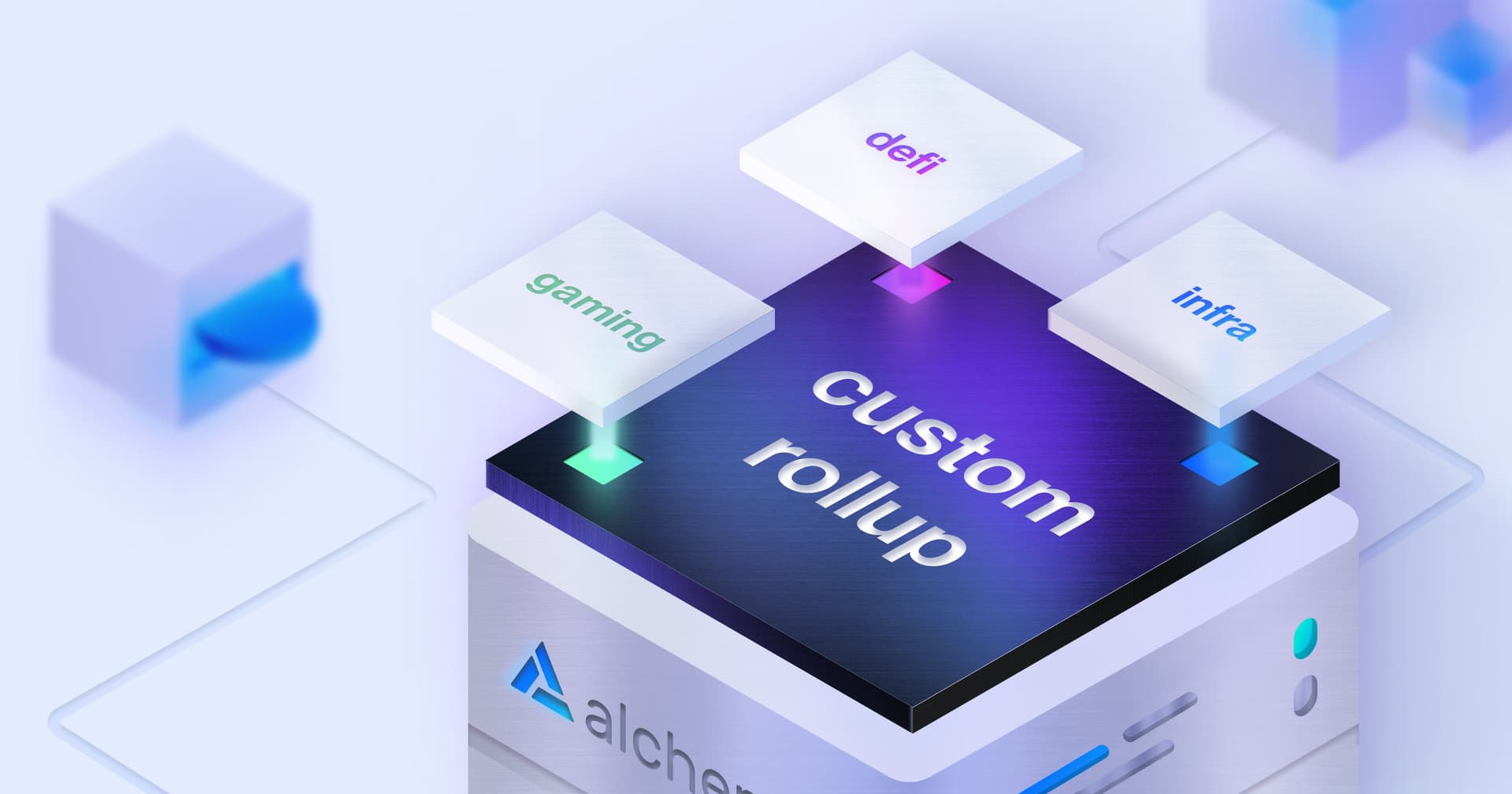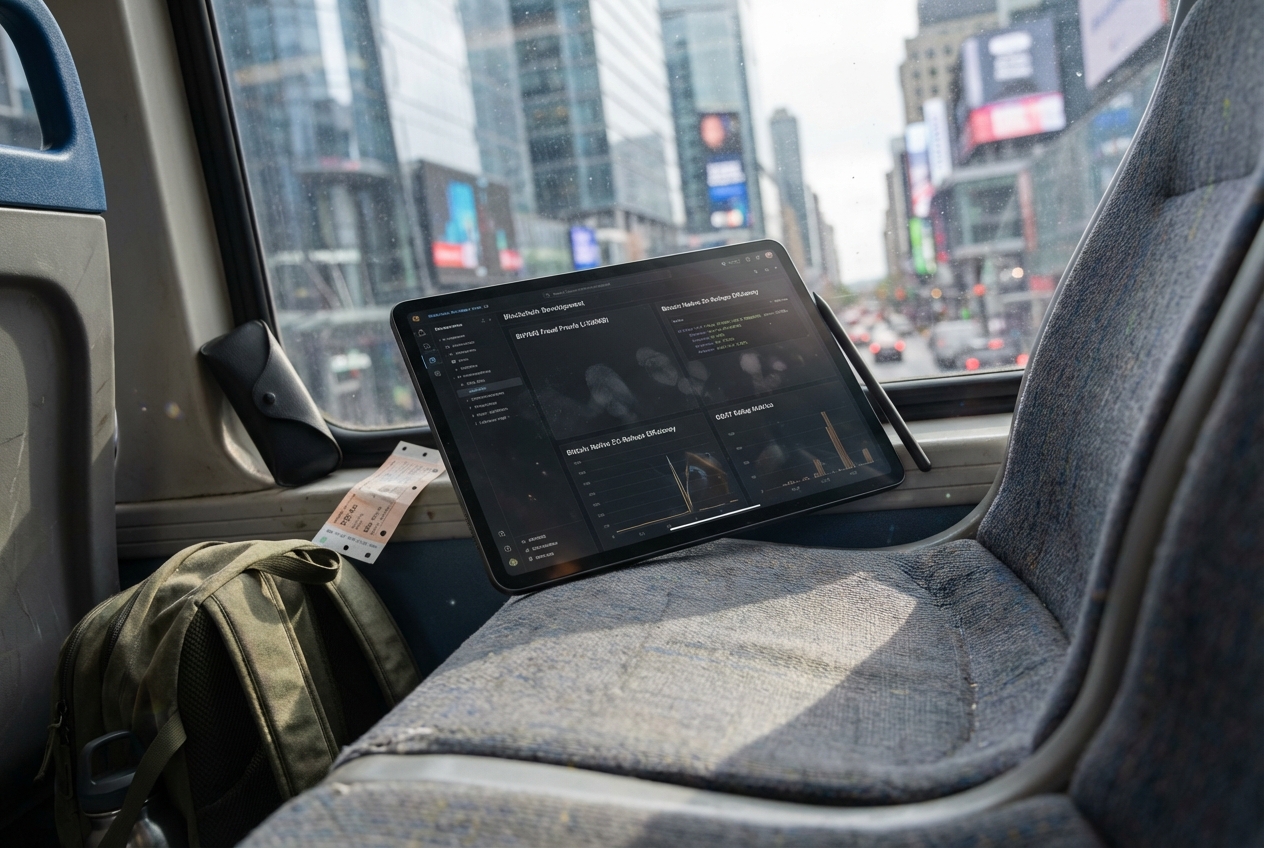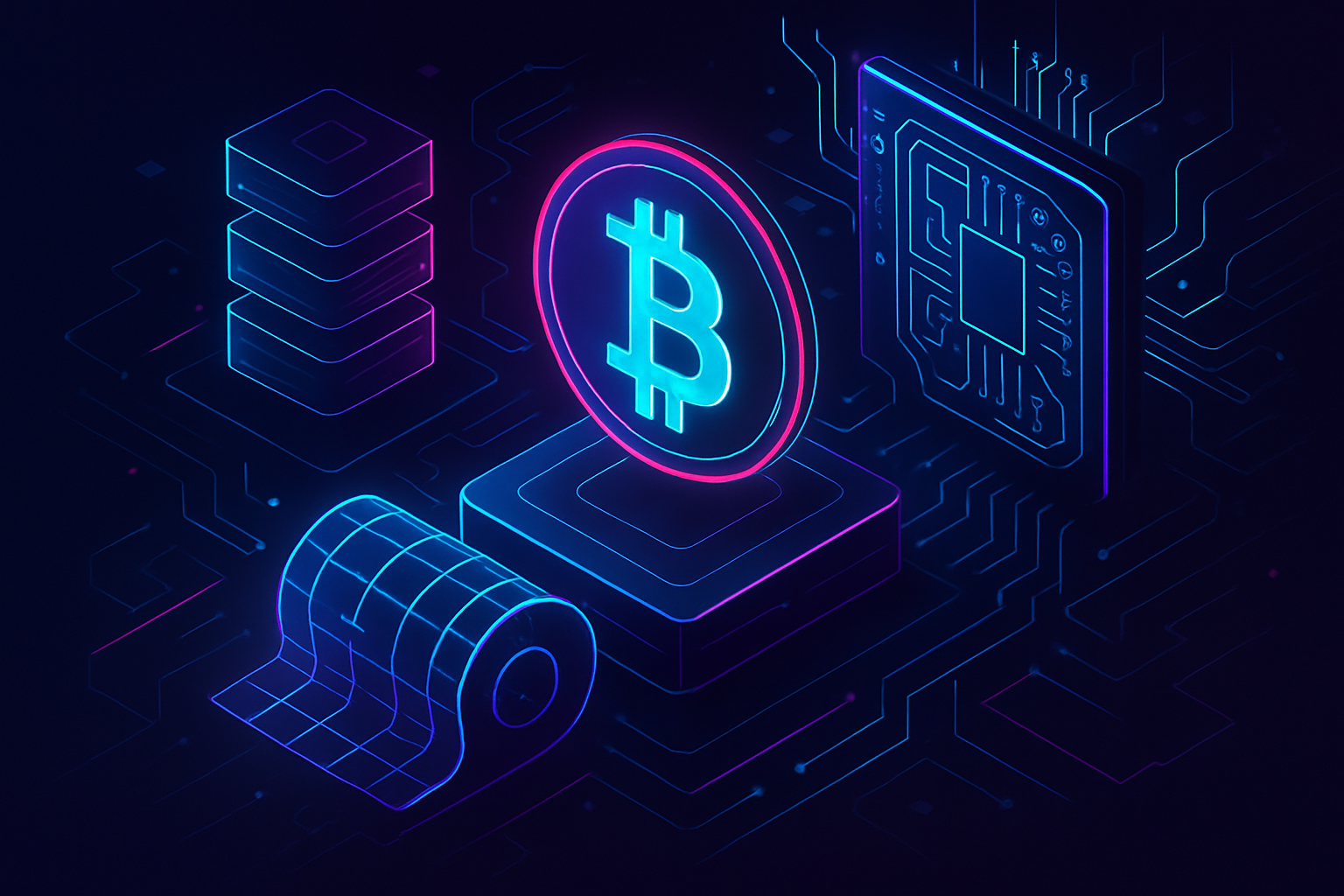
Building your own custom Bitcoin rollup for dApps isn’t just a technical flex – it’s the key to unlocking Bitcoin’s full potential as a scalable, programmable platform. With the price of Bitcoin currently at $115,530.00, the appetite for innovative scaling solutions is higher than ever. If you’re ready to supercharge your dApp and tap into Bitcoin’s unmatched security, you’re in the right place.
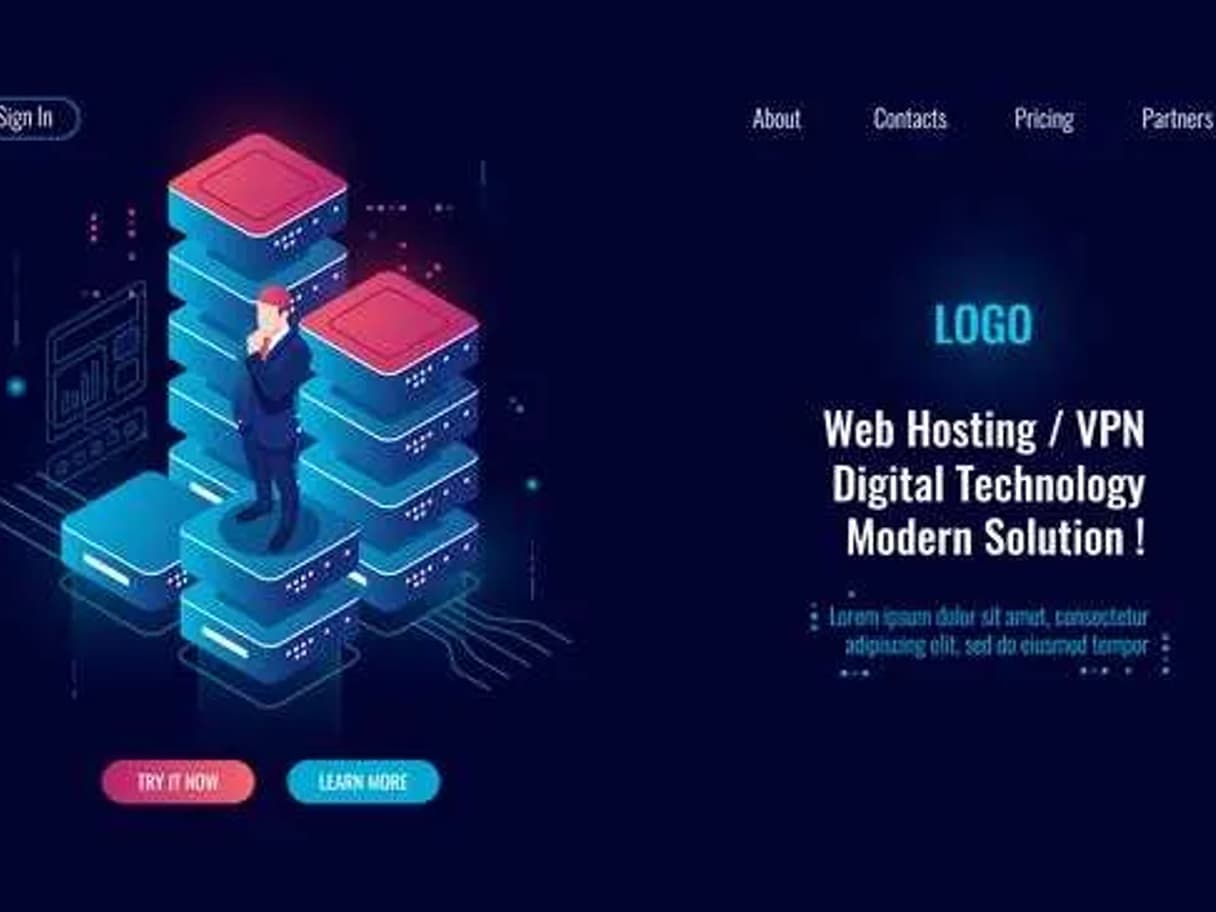
Why Build a Custom Bitcoin Rollup?
Bitcoin’s base layer is robust but limited when it comes to smart contracts and high-throughput applications. That’s where rollups come in: they bundle transactions off-chain and submit proofs or summaries to the main chain, massively boosting throughput while keeping costs down. Whether you’re aiming for DeFi protocols, NFT marketplaces, or next-gen gaming dApps on Bitcoin, a custom rollup gives you:
- Scalability: Process thousands of transactions off-chain with minimal mainnet congestion.
- Lower Fees: Slash transaction costs by batching and compressing data.
- Programmability: Unlock advanced logic with EVM compatibility or custom execution environments.
- Security: Anchor your rollup to Bitcoin’s battle-tested consensus layer.
If you want to go deeper on what makes rollups tick in the BTC ecosystem, check out this beginner-friendly breakdown from bitcoinrollups.io.
The Blueprint: Steps to Build Your Own Bitcoin Rollup
This process can seem daunting at first glance, but today’s frameworks and RaaS (Rollup-as-a-Service) providers make it far more accessible than most devs expect. Here’s how you get started:
1. Grasp the Core Rollup Types
You’ll need to decide between Optimistic Rollups, which assume transactions are valid unless challenged, and ZK-Rollups, which use zero-knowledge proofs for instant finality and privacy. ZK-Rollups are gaining traction thanks to their efficiency and privacy features – especially important as more financial dApps migrate to BTC L2s.
2. Pick Your Framework (Rollkit Shines)
The fastest route for most teams is leveraging an existing framework like Rollkit. It supports sovereign rollups anchored directly to Bitcoin, letting you define your own execution environment while inheriting BTC’s data availability guarantees. This modular approach means less time wrestling with infrastructure – more time building your killer app logic.
Setting Up Your Dev Environment (Get Hands-On!)
No matter how streamlined the tools get, nothing beats rolling up your sleeves and getting into the code. Start by spinning up a local testnet using Bitcoin Core – this acts as your data availability layer. Then configure your Rollkit node so it can interact seamlessly with this local network.
This setup lets you simulate real-world conditions without risking mainnet funds or uptime. Once your environment is humming along, start defining your execution environment – EVM-compatible if you want access to Ethereum tooling and smart contracts, or custom if you need something truly unique for your dApp vision.
- EVM compatibility = leverage existing DeFi/NFT libraries
- Custom runtime = full control over logic and gas metering
If you want inspiration from teams already blazing this trail, check out how RaaS offerings now let anyone spin up an L2 in just minutes (radiostud.io). The landscape is evolving fast!
With your execution environment mapped out, the next critical phase is implementing data availability and transaction sequencing. This is where your rollup’s real-world utility takes shape. Your sequencer will order incoming transactions, bundle them into blocks, and post cryptographic proofs or summaries to the Bitcoin mainnet. The aim? Guarantee that even if your rollup infrastructure goes offline, all transaction data remains accessible and verifiable thanks to Bitcoin’s immutable ledger.
- Sequencer Node: Handles transaction ordering and block production for your rollup chain.
- Data Availability Commitments: Publishes transaction data or commitments to Bitcoin, ensuring transparency and security.
- State Verification: Rollkit nodes (or custom clients) independently verify state transitions using posted proofs.
This architecture lets you scale without sacrificing decentralization or trust-minimization. For more on how this works at a protocol level, check out the deep dive on bitcoinrollups.io.
Testing, Deploying and Iterating: From Testnet to Mainnet
Once you’ve got your rollup humming on a local testnet, it’s time for rigorous testing. Simulate high-throughput scenarios, edge cases in transaction ordering, and deliberate faults to ensure your sequencer logic is robust. Test both optimistic and ZK proof paths if you’re supporting multiple rollup types. Only after extensive QA should you deploy to mainnet, where real users (and real value) are at stake.
- Testnet Deployment: Validate all components in a sandboxed environment.
- Mainnet Launch: Go live with confidence, monitor network health and user activity closely.
- Iterate Rapidly: Gather feedback from early adopters and patch any vulnerabilities promptly.
The current Bitcoin price of $115,530.00 means every sat moved on-chain matters, optimize for efficiency from day one!
Top Benefits of Custom Bitcoin Rollups for dApps
-
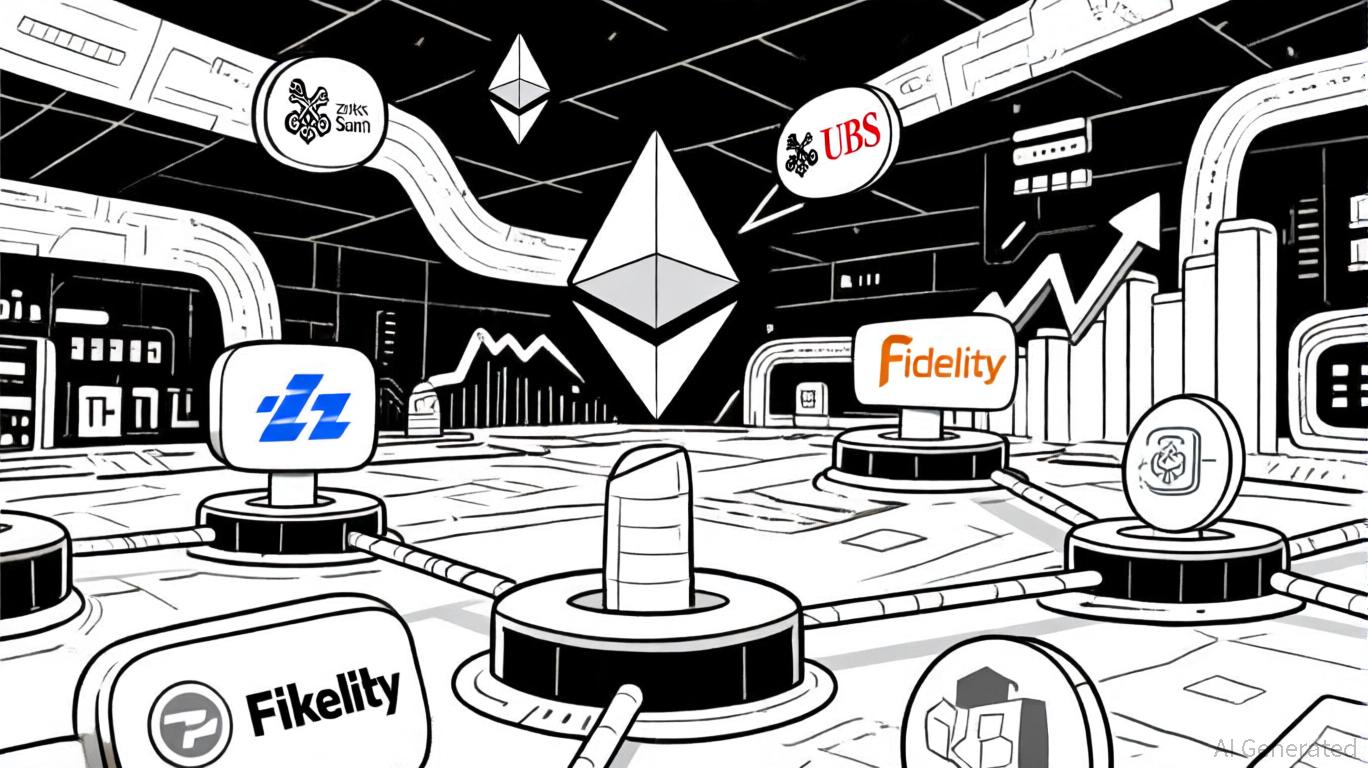
Scalability Boost: Custom Bitcoin rollups process transactions off-chain, dramatically increasing throughput and reducing congestion on the main Bitcoin blockchain. This enables your dApp to handle thousands of transactions per second without sacrificing performance.
-

Lower Transaction Costs: By bundling multiple transactions and settling them on Bitcoin, rollups significantly reduce gas fees. This makes dApp usage more affordable for users, especially when Bitcoin’s price is at $115,530.00 (as of today).
-
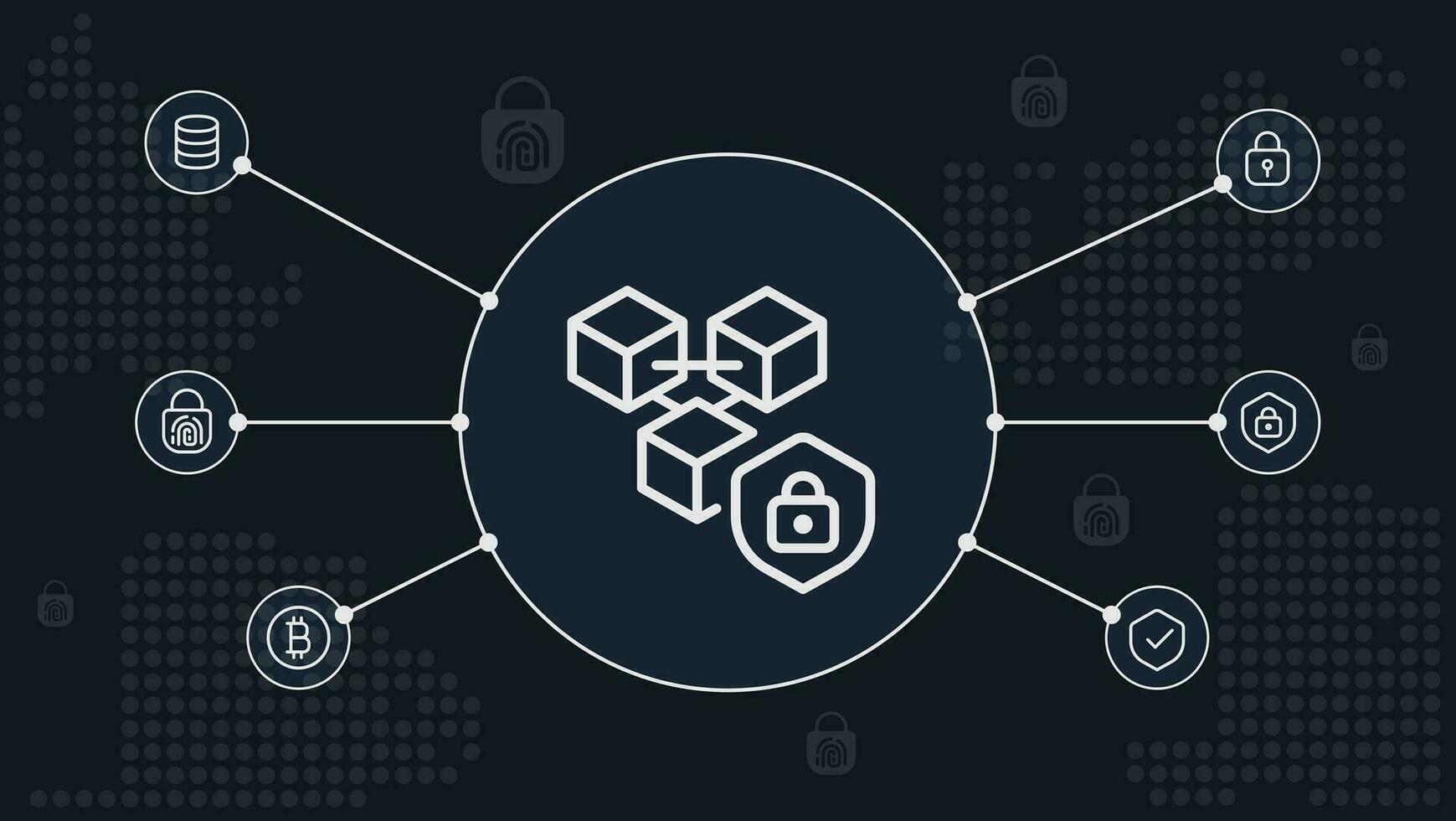
Enhanced Security via Bitcoin: Rollups inherit Bitcoin’s robust security model. By anchoring rollup data to the Bitcoin blockchain, your dApp benefits from the most battle-tested and decentralized network in crypto.
-
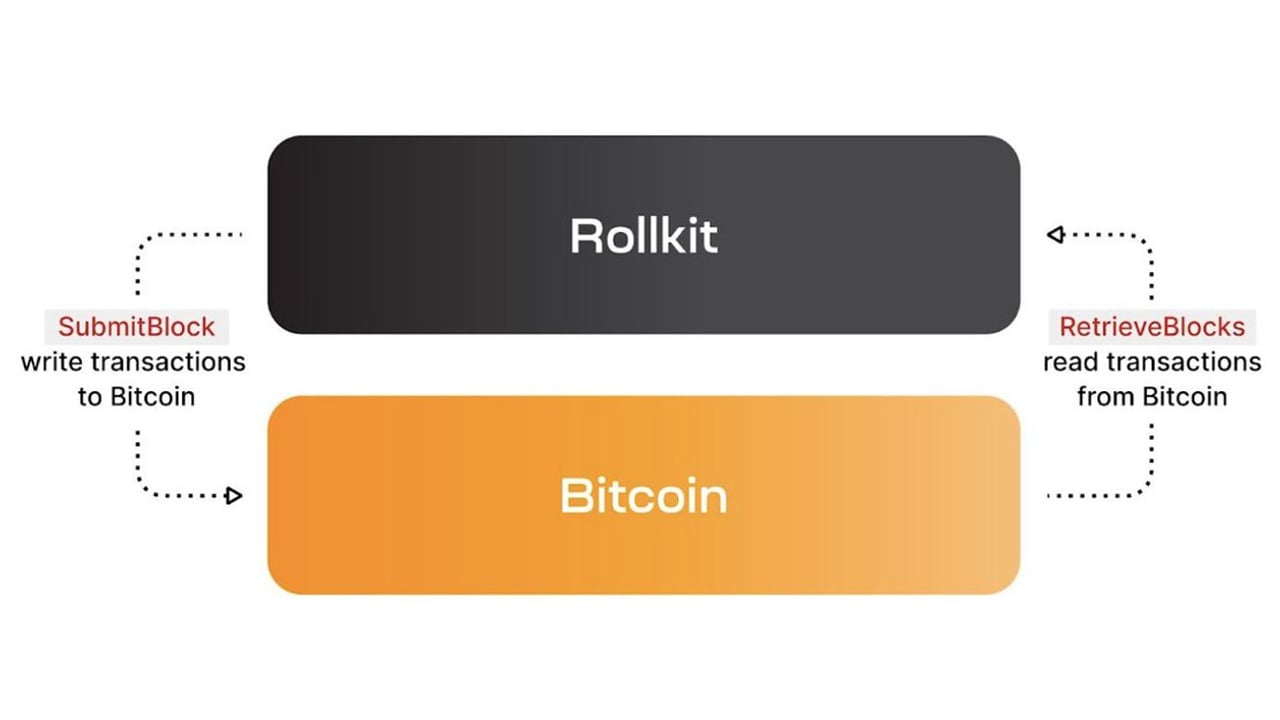
Customizable Execution Environments: Platforms like Rollkit allow developers to create execution environments tailored to their dApp’s specific needs, including EVM compatibility for leveraging existing Ethereum tooling.
-
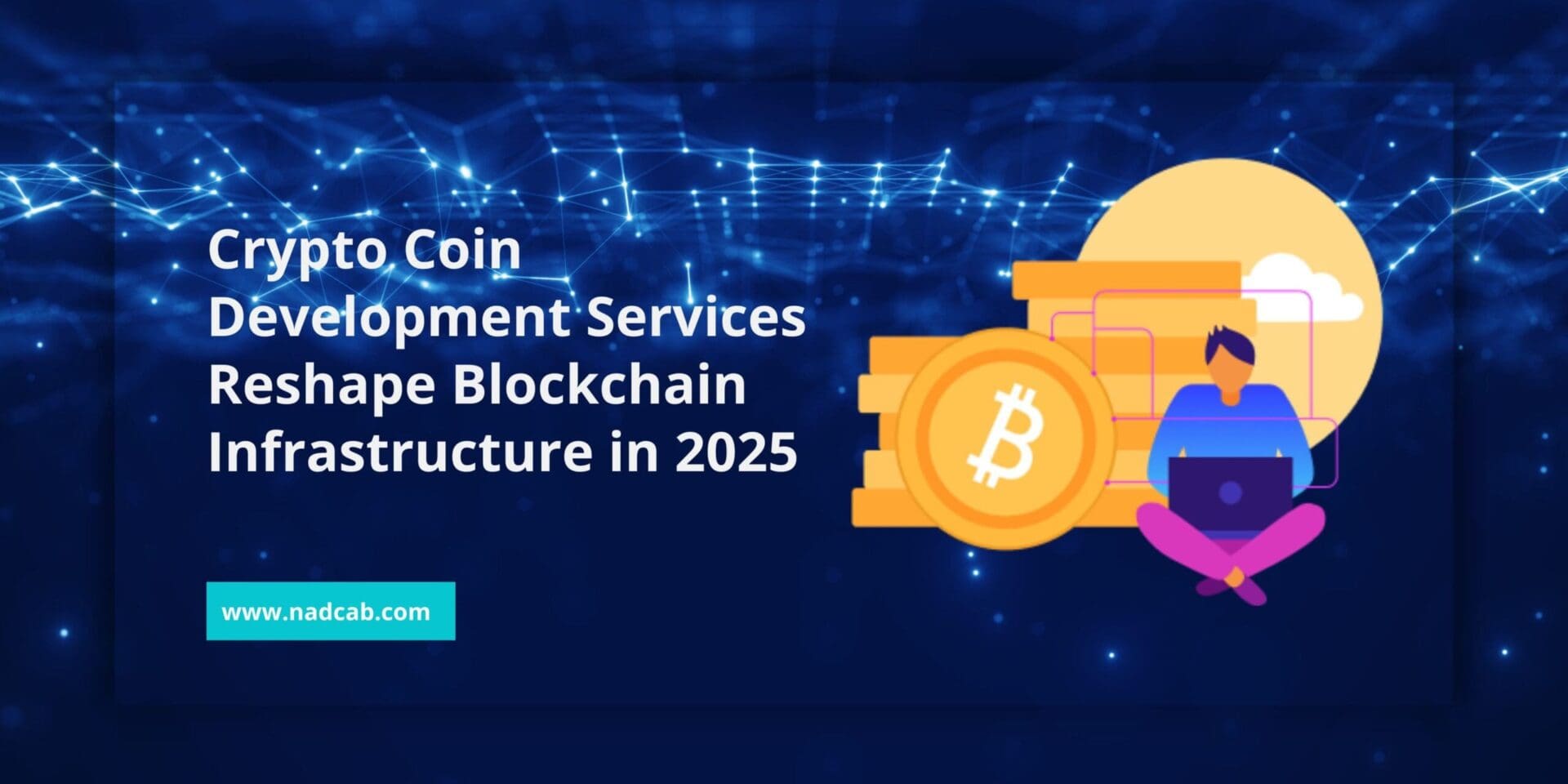
Faster User Experience: Off-chain processing means transactions confirm in seconds, not minutes. This leads to a smoother, more responsive dApp experience for end users.
-
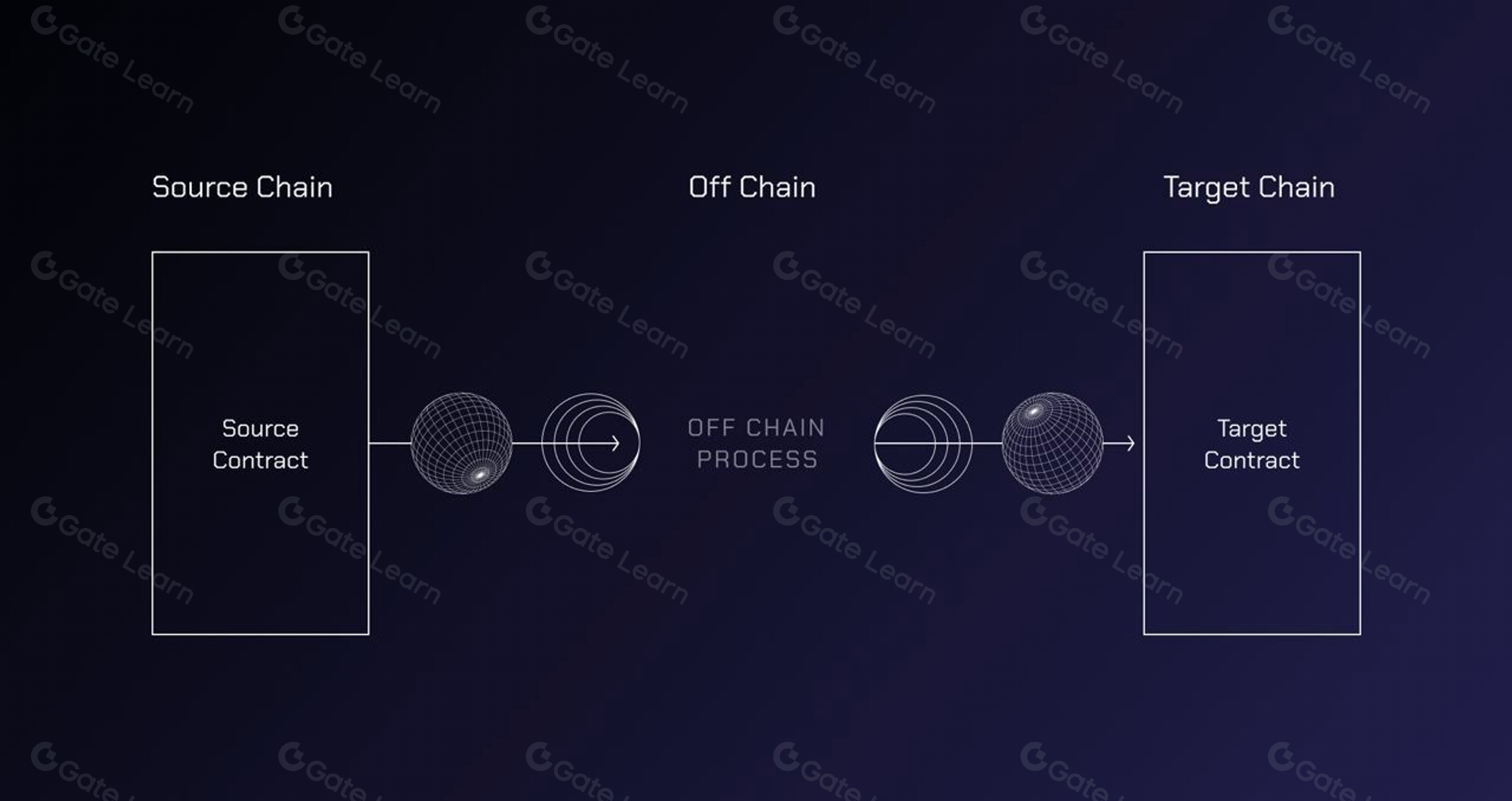
Interoperability with AppChains: Custom rollups can be designed as AppChains, allowing seamless integration with other blockchains and services, and optimizing your dApp for specific use cases.
Engage with the Rollup Community and Stay Ahead
The Bitcoin scaling landscape is evolving at breakneck speed. Don’t build in isolation! Engage with open-source communities on GitHub, join forums like bitcoinrollups. io’s discussion board, and follow leading projects experimenting with zkBTC tech. Staying plugged in ensures you’re first to know about new frameworks, exploits, or best practices that could impact your stack, or give you a competitive edge.
If you want a taste of what’s possible today (and tomorrow), watch this hands-on walkthrough of deploying a custom Bitcoin rollup using RaaS tools, it’ll get your creative juices flowing!
Ready to Build? Here’s Your Next Move
Your journey doesn’t end once your dApp is live, continuous improvement is the name of the game! Monitor performance analytics, keep an eye on fee dynamics as BTC price fluctuates around $115,530.00, and iterate based on community feedback. The most successful builders are those who adapt quickly as new capabilities emerge across the rollup ecosystem.
The future of programmable money is being written right now, one custom Bitcoin rollup at a time. Whether you’re scaling DeFi protocols or launching novel NFT platforms on BTC, now’s the moment to build boldly and help shape what comes next!
